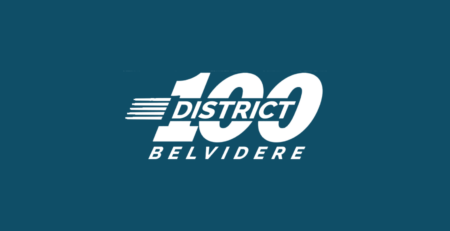As family members you want to do everything you can to support your child, but it can feel overwhelming to start. Individualized Education Program (IEP) and 504 plans are a great resource for students who may need different levels of support.
Elizabeth Janca, an experienced school administrator, licensed professional counselor, and Possip Reporter explains the basic differences between an IEP plan and 504 plan.
The U.S. Department of Education states that “each public school child who receives special education and related services must have an Individualized Education Program (IEP).” But, if your student does not receive special education or related services, they may benefit from a 504 plan. The U.S. Department of Education states that “the Section 504 regulations require a school district to provide a “free appropriate public education” (FAPE) to each qualified student with a disability who is in the school district’s jurisdiction, regardless of the nature or severity of the disability.” NOTE: Possip does not offer medical or legal advice, families should consult their primary care physician or school personnel for guidance.
What is an IEP compared to a 504 plan?
Special Education (IEP) | 504 | |
Basic Description | An outline for the special education experience a student will have at school | A blueprint to support and remove barriers for a student’s disability |
What It Does | Provides specific instruction (ex: push-in vs pull-out) and related services (ex speech therapy) to meet a child’s unique needs. | Provides services and changes to the learning environment (ex: small group testing, frequent check-ins) to enable students to learn alongside their peers. |
What Law Applies | The Individuals with Disabilities Education Act (IDEA): federal special education law for students with disabilities. Gives access to the Least Restrive Learning Environment. | Section 504 of the Rehabilitation Act of 1973: federal civil rights law to stop discrimination against people with disabilities. Gives access to Free Appropriate Public Education. |
How a Student Qualifies | A student must meet the criteria for one of the federally determined 13 disabilities and the disability must impact the student’s activities of daily living. | A student may have ANY disability and the disability must impact the student’s activities of daily living. |
Who creates an IEP | A general education teacher, a special education teacher, a guardian, school administrators, a service provider such as a school psychologist, and students when appropriate | A guardian, a teacher, and a school administrator are required; incude input from multiple teachers and students when appropriate |
Parts of a Plan |
|
|
Examples of Common Interventions |
|
|
Frequency of Meetings | Once a year – Annual Review Every 3 years – Re-Evaluation When needed – Dismissal | |
Age Limit | Available through 12th grade, not eligible for transition to college | None, eligible to transition into college. Workplaces are required to provide accommodations through the American Disabilities Act |
Ask Your School For Help
There are many ways to support students academically, behaviorally, and emotionally so it’s important to collaborate with your school to determine what works best for your student. Above all, if you have questions about an IEP or 504, reach out to your school to determine who to contact and how to best reach them.
We encourage families to continue to share feedback through Possip surveys and reach out to their department coordinators for additional support. Accordingly, when you provide feedback through your Possip surveys regarding IEP or 504, your comments are flagged as high importance and shared with your school leadership.





